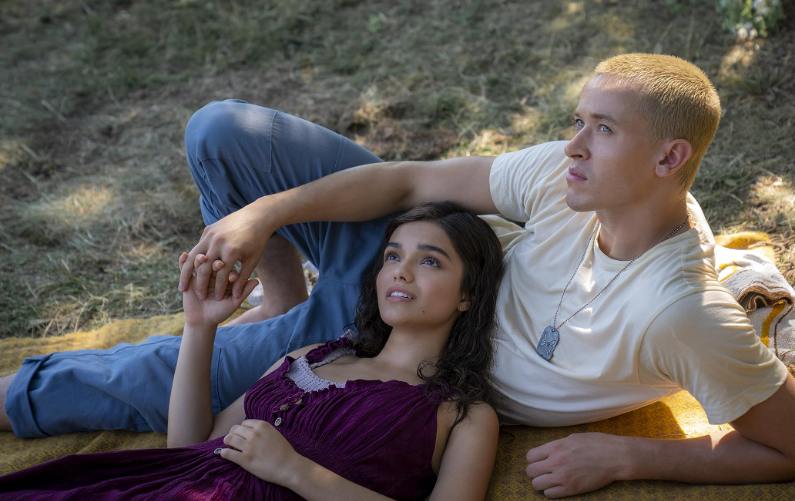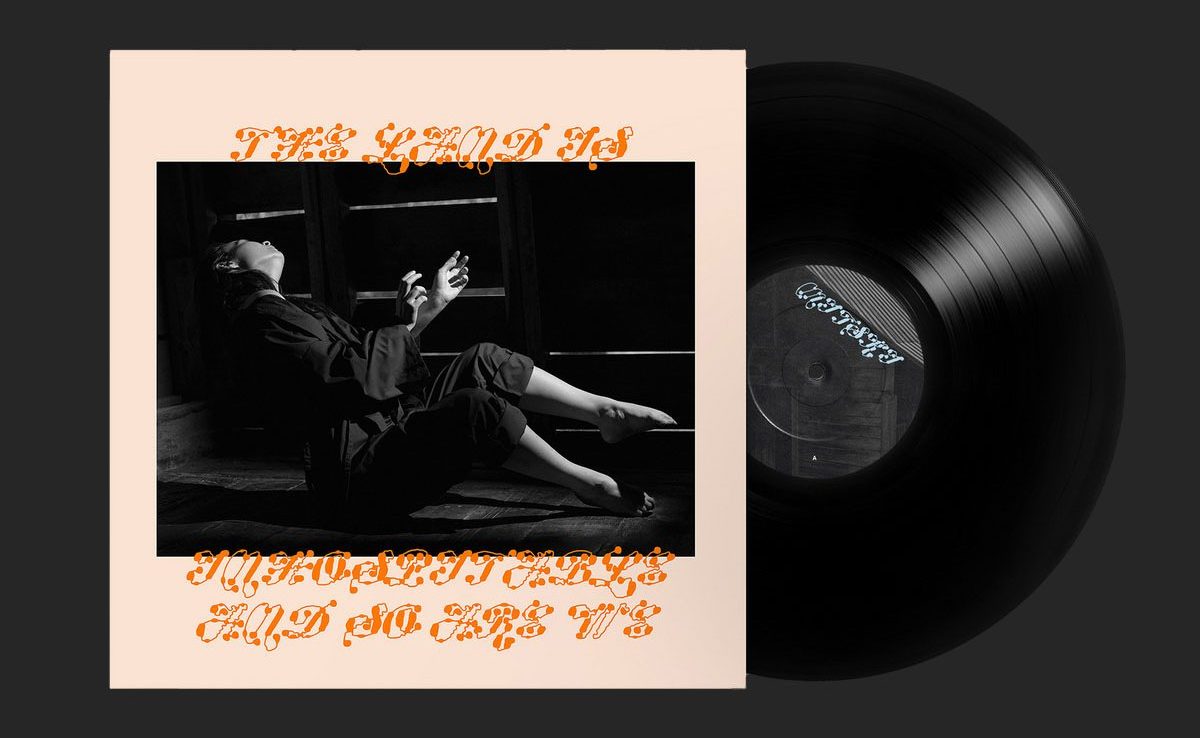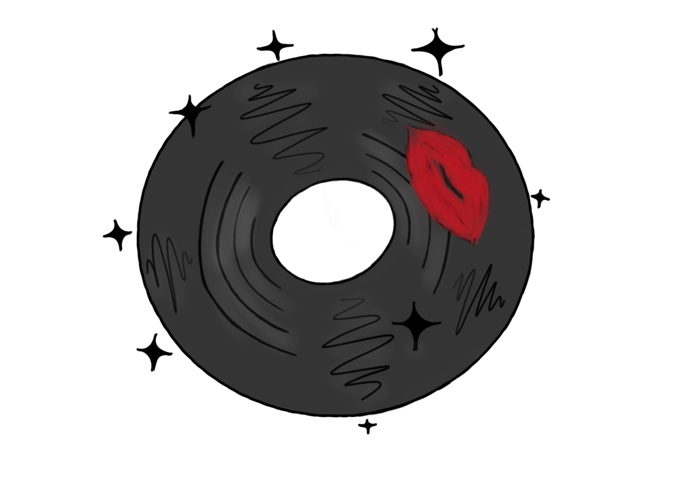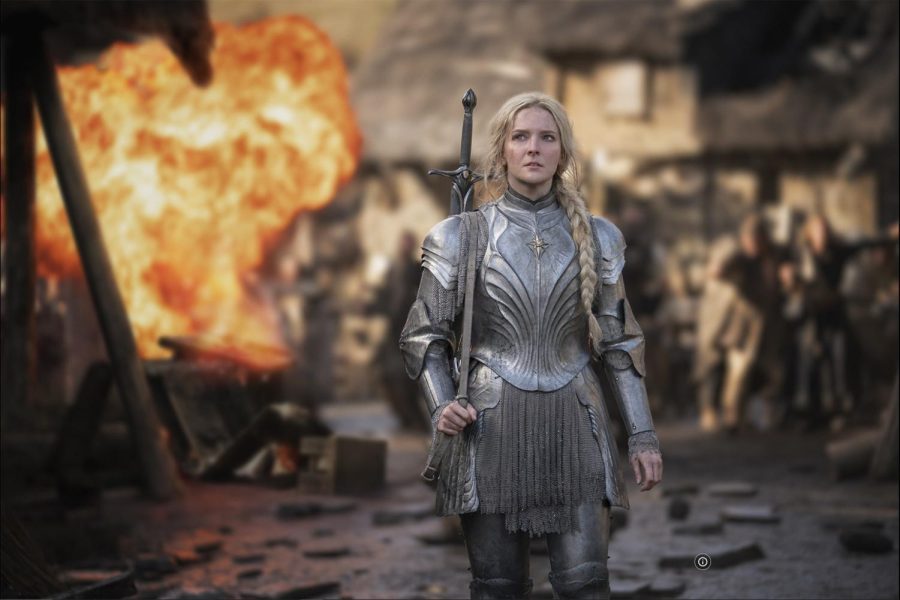War is a spectacle that is deeply harrowing yet fascinating in a historical lens. World War I and II are arguably the two most impactful events in modern history, shaping countries across the world. With any war comes tragedy; neither side will escape unscathed, and thousands to millions will die in the process. From the suffering rises the stories of pain and sorrow that encapsulate what it was like to be part of such a tragedy. The films are gruesome and precise in execution because they want to be accurate to the real-life events they are based on.
One noticeable trend in Hollywood’s adaptions of war is the tendency to gloss over World War I. World War II has films such as “Schindler’s List,” “Saving Private Ryan,” “Dunkirk,” “The Boy in the Striped Pajamas,” “Fury,” “The Pianist” and more. Vietnam has “Platoon,” “Apocalypse Now” and “Full Metal Jacket.” World War I has “War Horse,” which itself is not heavily recognized or praised. I believe that the size and stature of World War II on popular culture outweighs that of its predecessor, or the U.S. isolationist practices during the early 1900s and late entry into the war caused the Hollywood populace to feel less inclined to fund World War I elated media. In the past few years, however, more World War I films have gotten mainstream praise. “They Shall Not Grow Old” was a praised documentary from 2018 that revived and colorized real footage from World War I. Now we have “1917,” a movie detailing the true story of Lance Corporals’ Will Schofield and Tom Blake: two soldiers racing against time to deliver a message that determines the fate of 1600 British soldiers.
The most impressive parts of “1917” are the more technical aspects such as cinematography and set design. Roger Deakens, who has garnered acclaim for his work in “The Shawshank Redemption,” “Skyfall” and “Blade Runner 2049”, gave a whole new level of commitment to this movie. “1917” itself has an extremely simple plot that is easy to follow, so the execution of said plot is what decides where the film lands on a bland to excellent scale. “1917” disguises itself as having only one take, meaning that once it begins, there is no jump cut or transition to another shot, it is just one seamless stretch of storytelling. This approach makes complete sense due to the short time the real events took place. There are some breathtaking visuals on display throughout the picture, with the most impressive scene being the main characters’ survival through the burning enemy-swarmed streets of Schofield. The way the fire and dilapidated buildings vibrate off the characters gives an almost profound effect of realism.
The beauty of “1917” does not exempt it off all faults. The story, while extremely simple, does seem to drag at a few moments. I felt like small obstacles are put in the characters way just to pad out more somber parts of the movie. The technicalities of the film overshadow the storytelling. While the picture is outstandingly beautiful, some scenes feel more transitional to the next big set piece than an integral part of the story. The movie can be much like a video game in that respect. Much like loading screens in video games that make you wait from level to level, there are moments in “1917” in-between action packed events where the main characters would just walk through fields or hitch rides with other soldiers that seemingly appear from nowhere. These moments take me out of the movie and make me think more about the behind-the-scenes work than whats happening on screen.
“1917” is an impressive movie, but has inconsistencies because of its ambition. The sets and acting are darkly realistic, especially the scene depicting No man’s land with no gruesome detail unturned. The lead actors do an amazing job, especially considering a retake of these scenes would require another continuous 14 or 15 minutes of acting. That level of commitment to acting out these long drawn-out scenes shows the effort everyone on set put into “1917”.
Sadly, “1917” trips over its own execution. There are many points where I wasn’t invested in the tense, harrowing journey Schofield and Blake faced because I was thinking about how different scenes were spliced together. If a film has ambitious motifs, they should be finely polished, or restrained to a point where they don’t overshadow other elements. “1917” should not have had obvious cuts and blackscreen transitions halfway through the movie. At that point, it felt like the filmmakers were taking shortcuts with their own gimmick. Technical feats play a trivial part in the anatomy of a great movie. If innovative technical contributions were the sole requirement needed to craft a great film, then “Avatar” would be one of the best media pieces of all time. I felt like there needed to be more depth in the movies dialogue and storytelling. Otherwise, it achieves to great lengths what other war media couldn’t match; a true sense of realism without heavy sway Toward a certain political narrative. It simply tells its story with the impact it should have, and while the aspirations overcome the acting and storytelling, I still highly recommend “1917.”
What elements do you think make a film successful? Let us know in the comments below.



























































































Desmond Kisida • Jan 29, 2020 at 10:28 pm
I personally loved this film. I usually don’t like war movies a ton but this one really told an interesting story and had less focus on the action of war and more focus on the characters and the plot. I also just liked the simplicity of the plot- get from point A to point B. The cinematography was great but really just some of the visuals were my favorite parts in the film.